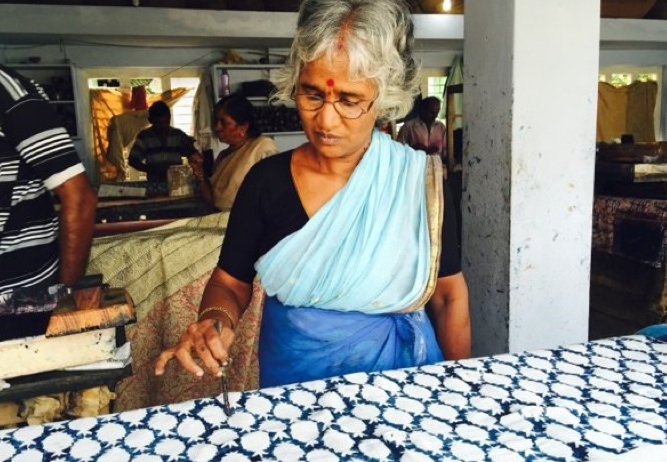Among the 200 objects in “The Fabric of India” exhibition on display through January at the Victoria and Albert Museum in London is a vast chintz tent used by the renowned 17th-century Deccan ruler Tipu Sultan.
In the late 17th and early 18th centuries, the European craze for such Indian chintz, printed cotton fabric with a glazed finish, prompted several governments to tax and even ban imports.
Eventually, Europeans began making the fabric themselves. And the Indian industry declined — its skilled, labor- intensive techniques utilizing woodblock printing and meticulous hand painting of floral motifs on unprocessed, hand-dyed cotton, unable to compete with Western manufacturing…”
Read the full article here on how Good Earth, India’s most famous home design company, is reviving the production of Kalamkari, as chintz is known in India and incorporating natural plant dyes.
Images: Good Earth

